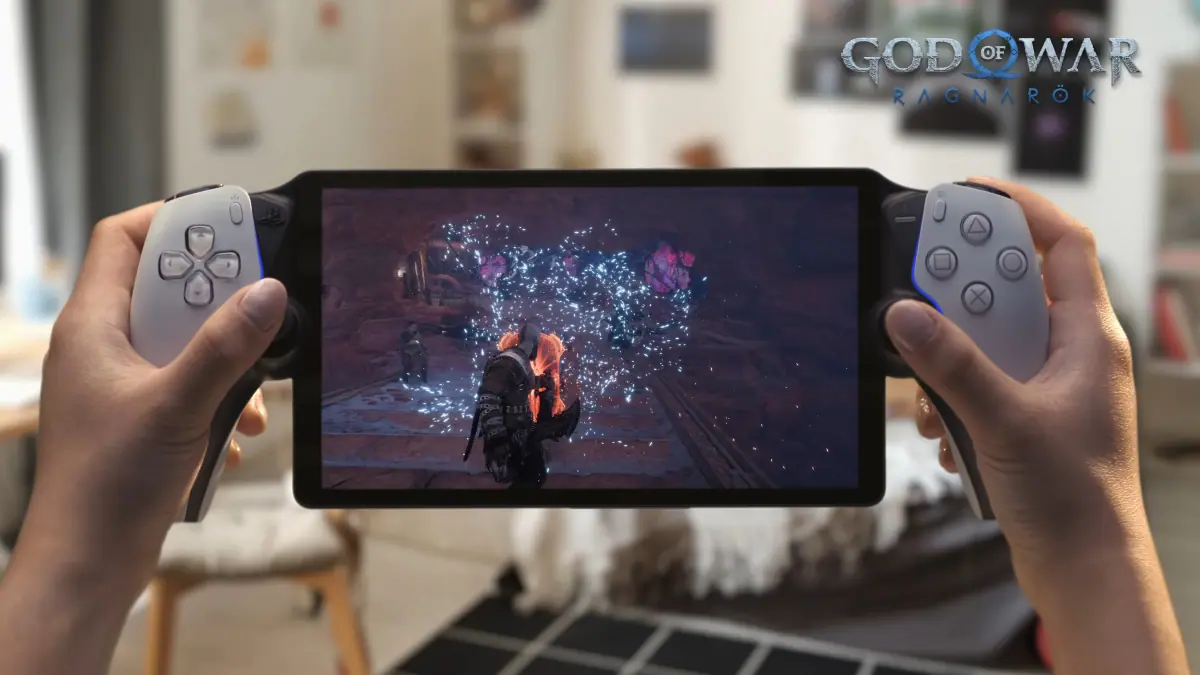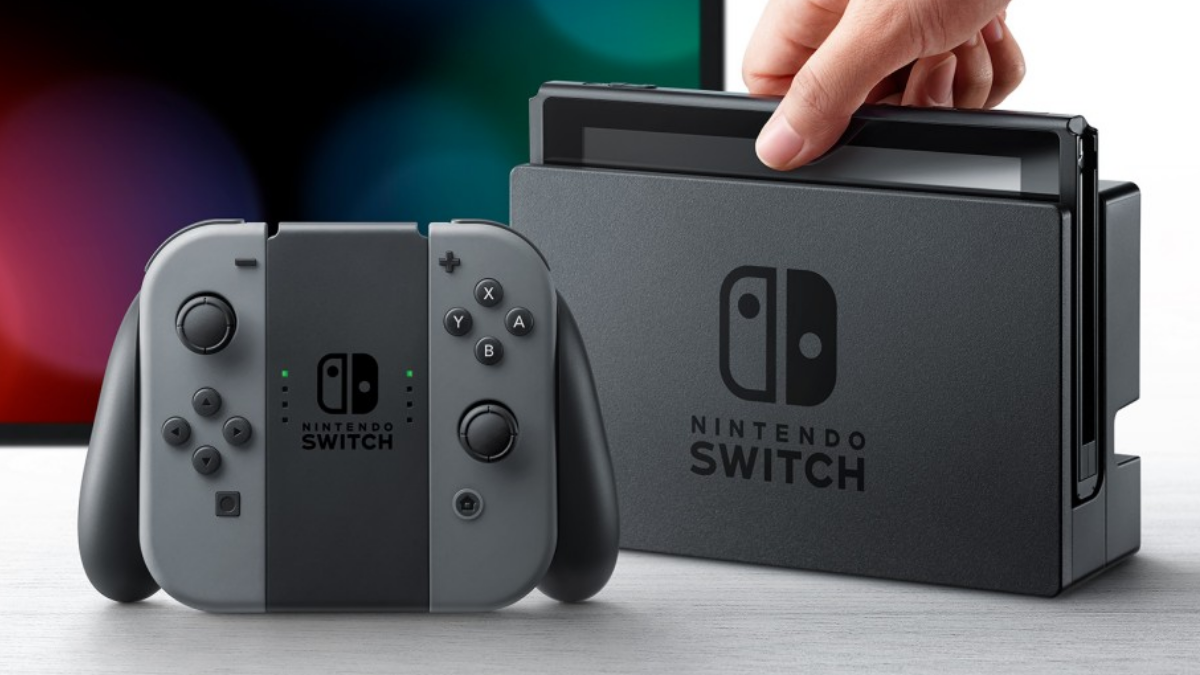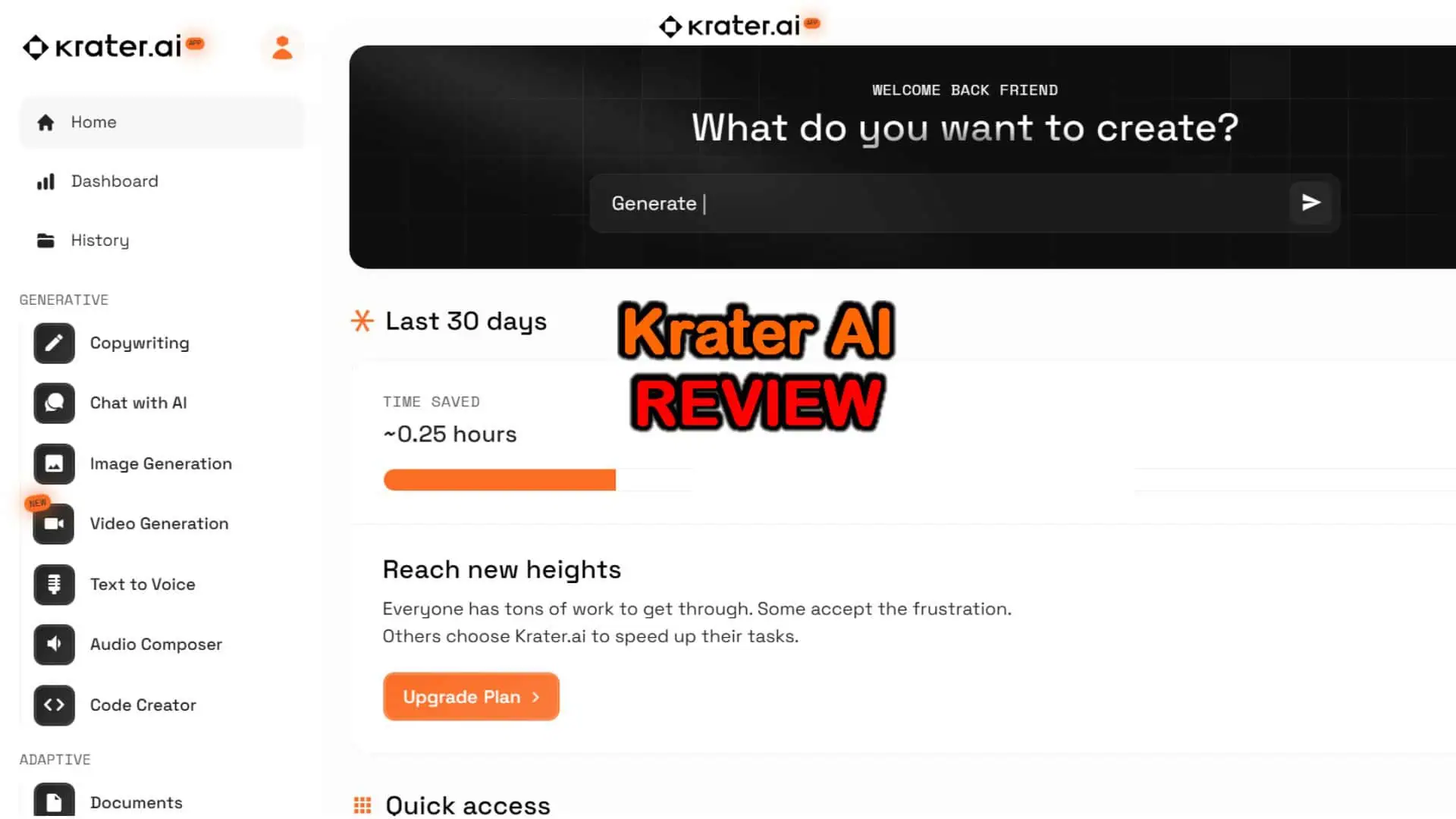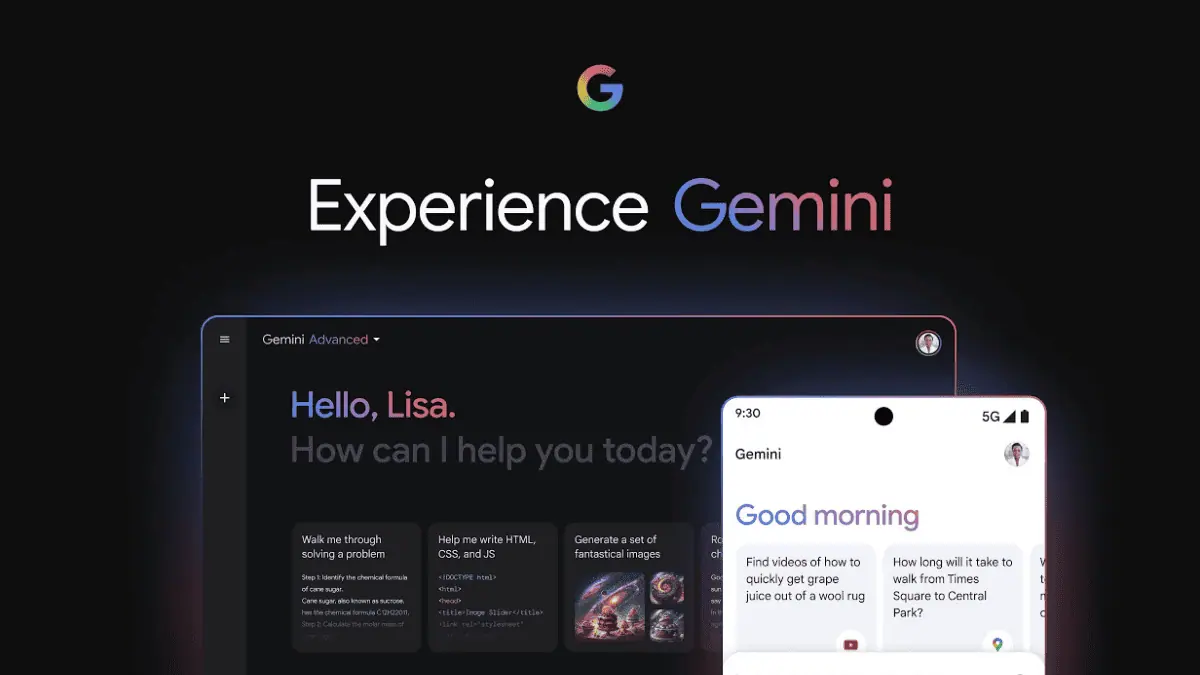A critical look at the Microsoft Courier
2 min. read
Published on
Read our disclosure page to find out how can you help MSPoweruser sustain the editorial team Read more

There is increasing momentum to the idea that Microsoft is looking to revive the Microsoft Courier project almost wholesale, with evidence for a dual-screened hinged device showing up even in the latest version of Windows 10 RS4, and rumours that the device would feature a note taking user interface much like the Infinite Journal demonstrated in a number of demo videos of the device.
Given the direction, Microsoft is apparently working in it may be appropriate to ask whether it is the right strategy for supercharging Microsoft’s tablet ecosystem.
First, there are the inherent issues with the design. As can be seen from this rarely shown picture above, from MNML, the design company who created those concept videos we love so much, the device was expected to be pretty thick. This was of course with 2008/2010 technology, but a folding device will inherently be twice the thickness than the state of the art single layer device.
Secondly, the hinge does, of course, add mechanical complexity, weight and cost, and without a folding screen, adds a dead area which is wasted in day to day use. Microsoft made this curse into a blessing with their tuck copy and paste system, but the bezel is still interrupting your view.
Lastly, as can be seen in the demo video below, the device’s user interface is designed to be used with the device fully open, if in split-screen mode, raising questions about the actual need for a physical fold.
An actual hinge does, of course, add a very cool element to the device, and offers built-in screen protection, and potentially, if the hinge is stiff enough, offer the ability to use one half of the screen as a soft keyboard, but I think overall it is fair to conclude the magic of the Courier was in its dazzling software (which is so much different from the austere Metro user interface) and that this could run on just about any old tablet, at much lower cost.
According to rumours if Microsoft does release a dual-screen Surface it will be a small run, very expensive device, with other OEMs expected to bring cheaper versions to market. The money may be better spent releasing on app for current Surface users bringing these old user interface ideas to life instead, without the encumbrance of a hinge.











User forum
0 messages